Repetitive Wrist Extension at multiple angles with Maitland Mobilization in patients with Colle Fracture
Received: 16-Feb-2021 Accepted Date: Feb 28, 2021 ; Published: 07-Mar-2021, DOI: 10.37532/1897-2276.2021.16(1).6
This open-access article is distributed under the terms of the Creative Commons Attribution Non-Commercial License (CC BY-NC) (http://creativecommons.org/licenses/by-nc/4.0/), which permits reuse, distribution and reproduction of the article, provided that the original work is properly cited and the reuse is restricted to noncommercial purposes. For commercial reuse, contact reprints@pulsus.com
Abstract
Background- Hand plays an important role in the execution of various daily activities. A well-coordinated finger forces and grip strength are very important for defining the level of skills and level of expression and integration One of the most common causes for the dysfunction of hand is colle’s fracture. It has been reported that patients after fracture may not be able to exert enough strength to correspond daily activities. However, there is limited co-existence of rehabilitation protocol for the colle’s fracture. Objectives - The study evaluated the defined protocol which will help the patients with colle’s fracture to achieve functions of daily activities as early as possible. Methods- This experimental study involved 45 subjects selected randomly based on inclusion and exclusion criteria with sign and symptoms of colle’s fracture as diagnosed by Orthopedician in SGT Hospital and then screened in physiotherapy OPD. Information on Pain, Range of Motion and grip strength were obtained using structured scales and instruments. Data was analyzed with the software package SPSS 21.00 for window version. Mean and standard deviation of all the variables were calculated. Independent t-test was used to analyze and compare the difference between the groups for variables (range of motion, strength and pain) at baseline, last day of 2nd week. One-way ANOVA followed by post-hoc test was used to analyze the difference within the groups for the variables (range of motion, strength and pain) at baseline, last day of 2nd week. Result- Results of this study showed that cylindrical grip was improved with repetitive wrist extension when wrist joint is at 15 degree Similarly spherical grip then was improved at 45degree angle of wrist whereas Hook Grip was improved at 30degree wrist extension. Conclusion - Variables have improved significantly with repetitive extension exercise at wrist joint at different angles and was concluded that at different angles we can improve the different types of grip strength in patients with Colle’s fracture
Keywords
colle’s fracture, wrist extension, maitland mobilization, grip strength
Introduction
Colle‘s fracture, the most common fracture of the distal radius in the forearm with the dorsal and radial displacement and impaction [1]. It has been reported that the incidence of Colle’s fracture is 7.3 and 1.7/1000/year. A multi-Centre study, done in a western country, reported an annual incidence of 9/10,000 in men and 37/10000 in women in patients above the age of 35 years [2]. It is commonly caused due to the fall on the outstretched hand, has a precedent history of osteoporosis, and is more frequently seen in elderly women more than men and young adults [3]. Colle‘s fracture causing various complications like neuropathy, malunion, and post-traumatic stiffness [4]. Management of colle‘s fracture includes mobilization techniques aimed at improving the range of motion and application of electrotherapy to control and alleviate pain, thereby improving functional outcomes. One of the techniques frequently used is Maitland‘s technique. Maitland technique aims to restore the motion by application of pressure and accessory oscillatory movements. There are five grades in this technique, of which grade I and II are used for pain, whereas grade III and IV are used for stiffness. In 1994, Taylor NF et al. [5]; reported in their study that there is a positional fault of the joint after an injury resulting in restriction and pain, and Maitland‘s technique was found to be effective in 12 alleviating pain [5]. Maitland produces a selective activation of different mechanoreceptors. The hand plays an important role in the execution of various daily activities. A well-coordinated finger force and grip strength are very important for defining the level of skills and level of expression and integration [6]. There are various causes for the dysfunction of the hand, causing numbness, loss of wrist motion, and weakened muscle strength. One of the most common causes for the dysfunction of the hand is colle‘s fracture [7]. Grip strength has often being used post colle‘s fracture, as an outcome measure for the assessment of functional recovery of patient [8]. Wrist extensors stabilize the wrist joint in position to achieve a powerful grip during activity. It has been reported that patients after fracture may not be able to exert enough strength to correspond to such an action. Therefore, it is important to determine the level of weakness, injury, and decreased strength to set a protocol for its rehabilitation [9]. There is a dearth of studies focusing on improving grip strength after Colle‘s fracture in various wrist positions. There is some evidence available that supports the fact that Grip Strength can be increased by doing repetitive extension at the wrist joint but they failed to tell at which particular position or angle it can be maximally increased. There is a lack of evidence supporting that grip strength can be improved in different wrist positions as literature focuses on improving grip strength in a neutral position, therefore this study may be able to find some alternative ways to treat colle‘s fracture. The study aims to find out the effect of repetitive wrist extension at different angles for handgrip strengthening along with Maitland mobilization on pain and range of motion of wrist joint.
Methods
Research Design and Research Setting
The experimental study design was used in the study and was conducted in the Physiotherapy Outpatient department of SGT hospital after a referral from the Orthopaedics outpatient department of SGT hospital, Gurugram, Haryana, India.
Target Population
The primary population that was used for this study was patients with Colle’s fracture. In total 45 patients were screened (Both male and female) based on the inclusion and exclusion criteria, diagnosed by Orthopedician and reassessed by a Physiotherapist. The inclusion criteria were Post-operative Colle’s fracture after removal of POP cast, Male and female patients between the age of 20-45, Symptoms of colle’s fracture at least 3 months after removal of the POP cast, NPRS with the grading of 4 or more.
Ethical Consideration
Ethical approval (SGTU/FOP/2019/25) was obtained from the Faculty of Physiotherapy, SGT University. Participants in this investigation were allowed the freedom to participate. They were also informed of the study and the necessary rapport was created before the commencement of data collection. Confidentiality and anonymity were ensured in the study.
Sample and Sampling Technique
The Convenience sample technique was employed using the envelope method to select the patients with Colle’s Fracture for the study. The sample size was determined using G Power Analysis Software.
The instrument for Data Collection
A structured Pain scale questionnaire, Universal Goniometer, and Hand-Held Dynamometer, Pneumatic Squeeze Bulb, Smedley Spring Hand Dynamometer for Grip Strength (Cylindrical, Hook, and Spherical) was used to collect data in this study.
Duration of treatment
Treatment was given to the subjects 6 times a week for two weeks, for 30 minutes of duration. Maitland Mobilization techniques (Grade 1 and 2) in the first week of the treatment followed by (Grade 3 and 4) for the second week were used.
Procedure
Each subject was assessed for Pain, Range of Motion (ROM), and Muscle Strength by NPRS, Universal Goniometer, and Handheld dynamometer respectively for their baseline measurements, and subjects were randomly allocated using Convenience sampling with envelope method into three groups. Group A (n=15)-15Degree wrist extension. Group B (n=15)-30 Degree wrist extension and Group C (n=15)-45 Degree wrist extension. Measurement of handgrip was taken before starting the protocol. Then hot pack was given in the beginning on the affected side and then Maitland mobilization (Figure 1) was given to reduce pain and increase range of motion. The resting position for the wrist joint was a straight line through the radius and third metacarpal with slight ulnar deviation. Patients were positioned in sitting with the forearm supported on the treatment table, wrist over the edge of the table. Then mobilization was given to the patient in the sitting position. The forearm of the patient was resting on the pillow and a roll of the towel was placed under the wrist joint. Then therapist grabbed the wrist of the patient and start giving mobilization sessions. Grade 1 and 2 was given in the first week to ease the pain and then grades 3 and 4 were given in the second week to increase the range of motion.
Group A: Treatment was given every day for two weeks. Patients were asked to place their hand at a 15 degree extension and to do repetitive wrist extension exercises (Figure 2) and then hand grip (Cylindrical, Spherical, and Hook) was measured at a neutral position.
Group B: Treatment was given every day for two weeks. Patients were asked to place their hands at a 30degree extension and to do repetitive wrist extension exercises and then hand grip (Cylindrical, Spherical, and Hook) was measured at a neutral position.
Group C: Treatment was given every day for two weeks. Patients were asked to place their hand at 45-degree extension and to do repetitive wrist extension exercises and then hand grip (Cylindrical, Spherical, and Hook) were measured at a neutral position. Each sitting was for 30 minutes. All the subjects were re-assessed for pain, ROM, and muscle strength by NPRS, Universal Goniometer, and handheld dynamometer respectively.
Data Analysis
Data analysis was performed with the software package SPSS 21.00 for the window version. The mean and standard deviation of all the variables were calculated. An independent t-test was used to analyze and compare the difference between the groups for variables (range of motion, strength, and pain) at baseline, last day of 2nd week. One-way ANOVA followed by posthoc test was used to analyze the difference within the groups for the variables (range of motion, strength, and pain) at baseline, last day of 2nd week.
Results
The results of the study are mentioned in tables.
Table 1. Baseline characteristics of the subjects of the study
| Variables | Group A | Group B | Group C |
|---|---|---|---|
| Mean ± SD | Mean ± SD | Mean ± SD | |
| Age | 32.00 ± 7.21 | 32.20 ± 6.85 | 32.33 ± 7.37 |
| Height | 180 ± 3.78 | 181.07 ± 4.44 | 178.47 ± 3.68 |
| Weight | 80.20 ±3.70 | 80.27 ± 3.17 | 78.87 ± 4.62 |
| Cylindrical grip | 42.07 ± 5.43 | 40.60 ± 5.66 | 35.53 ± 5.05 |
| Spherical grip | 28.40 ± 2.84 | 27.80 ± 2.67 | 29.13 ± 2.56 |
| Hook grip | 35.40 ± 2.69 | 37.07 ± 3.67 | 34.20 ± 3.16 |
| Flexion | 17.20 ± 3.27 | 16.00 ± 3.74 | 14.60 ± 3.58 |
| Extension | 16.93 ± 2.01 | 17.87 ± 2.66 | 19.60 ± 2.79 |
Changes in RT Cylindrical Grip
The between-group analysis of the right cylindrical grip showed that there was no significant difference seen between all the groups at baseline (p>0.05) (Table 2 and Figure 3)
Table 2. Mean differences between groups A, B and C at Baseline
| Variable | BASELINE (Mean ± SD) | Mean difference | p-value | |
|---|---|---|---|---|
| Cylindrical Grip | A | B | 1.467 | 1.00NS |
| 42.07 ± 5.43 | 40.60 ± 5.66 | |||
| B | C | 5.067 | 0.94NS | |
| 40.60 ± 5.66 | 35.53 ± 5.05 | |||
| A | C | 6.533 | 0.80NS | |
| 42.07 ± 5.43 | 35.53 ± 5.05 | |||
NS-Not significant
Mean differences between groups A, B and C at 2nd week.
Between Group analysis using one-way ANOVA showed significant changes in RT CYN at 2nd week (p<0.05). The between-group analysis of the right cylindrical grip showed that there was a significant difference seen between group A and B and B and C (p<0.05) but there was a highly significant difference seen between group A and C at the 2nd week (p<0.001). (Refer to table 3 and fig 4)
Table 3. Mean differences between groups A, B and C at 2nd week
| Variable | 2nd week | Mean difference | p-value | |
|---|---|---|---|---|
| Cylindrical Grip | (Mean ± SD) | |||
| A | B | 1.933 | 0.020* | |
| 44.27 ± 5.65 | 42.33 ± 5.75 | |||
| B | C | 5.733 | 0.004* | |
| 42.33 ± 5.75 | 36.60 ± 5.02 | |||
| A | C | 7.667 | 0.001** | |
| 44.27 ± 5.65 | 36.60 ± 5.02 | |||
** -highly significant
* -significant
Changes in Spherical Grip
Between Group analysis using one-way ANOVA showed no significant changes Spherical Grip at baseline (p>0.05). The between-group analysis of the spherical grip showed that there was no significant difference seen between both groups at baseline (p>0 .05), (Table 4 and figure 5).
Table 4. Mean differences between groups A, B and C at Baseline
| Variable | BASELINE (Mean ± SD) | Mean difference | p-value | |
|---|---|---|---|---|
| Spherical Grip | A | B | 0.6 | 1.00NS |
| 28.40 ± 2.84 | 27.80 ± 2.67 | |||
| B | C | 1.333 | 0.55 NS | |
| 27.80 ± 2.67 | 29.13 ± 2.56 | |||
| A | C | 0.733 | 1.00 NS | |
| 28.40 ± 2.84 | 29.13 ± 2.56 | |||
NS- non significant
Mean differences between groups A, B and C at 2nd week.
Between Group analysis using one-way ANOVA showed significant changes in spherical grip at 2nd week (p<0.05). The between-group analysis of the spherical grip showed that there was a significant difference seen between group A and B and A and C (p<0.05) but there was a highly significant difference seen between group B and C at 2nd week (p<0.001) (Table 5 and Figure 6).
Table 5. Mean differences between groups A, B and C at 2nd week.
| Variable | 2nd week | Mean difference | p-value | |
|---|---|---|---|---|
| Spherical Grip | (Mean ± SD) | |||
| A | B | 0.8 | 0.047* | |
| 29.87 ± 2.97 | 29.07 ± 2.57 | |||
| B | C | 1.133 | 0.001** | |
| 29.07 ± 2.57 | 30.20 ± 2.67 | |||
| A | C | 0.333 | 0.028* | |
| 29.87 ± 2.97 | 30.20 ± 2.67 | |||
**-highly significant
*-significant
Changes in a Hook grip
Between Group analysis using one-way ANOVA showed no significant changes in Hook Grip at baseline (p>0.05). The between-group analysis of the Hook showed that there was no significant difference seen between all the groups at baseline (p>0 .05) (Table 6 and Figure 7).
Table 6. Mean differences between groups A, B and C at Baseline
| Variable | BASELINE (Mean ± SD) | Mean difference | p-value | |
|---|---|---|---|---|
| HOOK | A | B | 1.667 | 0.48 NS |
| 35.40 ± 2.69 | 37.07 ± 3.67 | |||
| B | C | 2.867 | 0.085 NS | |
| 37.07 ± 3.67 | 34.20 ± 3.16 | |||
| A | C | 1.2 | 0.93 NS | |
| 35.40 ± 2.69 | 34.20 ± 3.16 | |||
NS- non-significant
Mean differences between groups A, B and C at 2nd week.
Between Group analysis using one-way ANOVA showed significant changes in hook grip at 2nd week (p<0.05). The between-group analysis of the hook grip showed that there was a significant difference seen between group A and B, B and C, and A and C at 2nd week (p<0.05) (Table 7 and Figure 8).
Table 7. Mean differences between groups A, B and C at 2nd week
| Variable | Post | Mean difference | p-value | |
|---|---|---|---|---|
| HOOK | (Mean ± SD) | |||
| A | B | 1.267 | 0.038* | |
| 36.93 ± 2.76 | 38.20 ± 3.27 | |||
| B | C | 2.8 | 0.009* | |
| 38.20 ± 3.27 | 35.40 ± 3.22 | |||
| A | C | 1.533 | 0.019* | |
| 36.93 ± 2.76 | 35.40 ± 3.22 | |||
**-highly significant
*-significant
Changes inflection
Between Group analysis using one-way ANOVA showed no significant changes in Flexion at baseline (p>0.05). The between-group analysis of the Flexion showed that there was no significant difference seen between all the groups at baseline (p>0 .05) (Table 8 and Figure 9).
Table 8. Mean differences between groups A, B and C at Baseline
| Variable | BASELINE (Mean ± SD) | Mean difference | p-value | |
|---|---|---|---|---|
| FLEX | A | B | 1.2 | 1.00NS |
| 17.20 ± 3.27 | 16.00 ± 3.74 | |||
| B | C | 1.4 | 0.85NS | |
| 16.00 ± 3.74 | 14.60 ± 3.58 | |||
| A | C | 2.6 | 0.15NS | |
| 17.20 ± 3.27 | 14.60 ± 3.58 | |||
NS-non-significant
Mean differences between groups A, B and C at 2nd week.
Between Group analysis using one-way ANOVA showed significant changes in flexion at 2nd week (p<0.05). The between-group analysis of the flexion showed that there was a significant difference between groups B and C (p<0.05) and a highly significant difference seen between groups A and B and A and C at the 2nd week (p<0.002) (Table 9 and Figure 10).
Table 9. Mean differences between groups A, B and C
| Variable | 2nd week | Mean difference | p-value | |
|---|---|---|---|---|
| FLEX | (Mean ± SD) | |||
| A | B | 15.667 | 0.001** | |
| 42.87 ± 5.24 | 58.53 ± 7.36 | |||
| B | C | 3.2 | 0.020* | |
| 58.53 ± 7.36 | 55.33 ± 8.30 | |||
| A | C | 12.467 | 0.001** | |
| 42.87 ± 5.24 | 55.33 ± 8.30 | |||
**-highly significant
*-significant
The Changes in extension
Between Group analysis using one-way ANOVA showed no significant changes Extension at baseline (p>0.05). The between-group analysis of the Extension showed that there was no significant difference seen between all the groups at baseline (p>0 .05) (Table 10 and Figure 11).
Table 10. Mean differences between groups A, B and C at Baseline
| Variable | BASELINE (Mean ± SD) | Mean difference | p-value | |
|---|---|---|---|---|
| EXT | A | B | 0.933 | 0.94 NS |
| 16.93 ± 2.01 | 17.87 ± 2.67 | |||
| B | C | 1.733 | 0.19 NS | |
| 17.87 ± 2.67 | 19.60 ± 2.79 | |||
| A 16.93 ± 2.01 | C 19.60 ± 2.79 | 2.667 | 0.08 NS | |
NS- Non-significant
Mean differences between groups A, B and C at 2nd week
Between Group analysis using one-way ANOVA showed significant changes in extension score at 2nd week (p<0.05). The between-group analysis of the extension showed that there was a significant difference seen between groups B and C, A and C (p<0.05) and highly significant between-group A and B at the 2nd week (p<0.001) (Table 11 and Figure 12).
Table 11. Mean differences between groups A, B and C at 2nd week
| Variable | 2nd week | Mean difference | p-value | |
|---|---|---|---|---|
| EXT | (Mean ± SD) | |||
| A | B | 1.333 | 0.002** | |
| 37.07 ± 1.67 | 38.40 ± 4.22 | |||
| B | C | 1.133 | 0.024* | |
| 38.40 ± 4.22 | 37.60 ± 3.35 | |||
| A | C | 0.333 | 0.032* | |
| 37.07 ± 1.67 | 37.60 ± 3.35 | |||
**-highly significant
*-significant
Changes in pain at baseline
Between Group analysis using one-way ANOVA showed no significant changes in pain at baseline (p>0.05). The between-group analysis of the pain showed that there was no significant difference seen between all the groups at baseline (p>0 .05) (Table 12 and Figure 13).
Table 12. Mean differences between groups A, B and C at Baseline
| Variable | BASELINE (Mean ± SD) | Mean difference | p-value | |
|---|---|---|---|---|
| Pain | A | B | 0.467 | 0.75 NS |
| 5.13 ± 1.18 | 5.60 ± 1.40 | |||
| B | C | 0.389 | 1.00 NS | |
| 5.60 ± 1.40 | 5.93 ± 1.28 | |||
| A | C | 0.449 | 0.29 NS | |
| 5.13 ± 1.18 | 5.93 ± 1.28 | |||
NS- Non-significant
Changes in Pain at 2nd week
Between Group analysis using one-way ANOVA showed significant changes in pain at 2nd week (p<0.05). The between-group analysis of the pain showed that there was a significant difference seen between group A and B, B and C, A and C at the 2nd week (p<0.05) (Table 13 and Figure 14)
Table 13. Mean differences between groups A, B and C.
| Variable | 2nd week | Mean difference | p-value | |
|---|---|---|---|---|
| PAIN | (Mean ± SD) | |||
| A | B | 0.4 | 0.016* | |
| 1.00 ± 0.84 | 1.40 ± 0.91 | |||
| B | C | 0.133 | 0.024* | |
| 1.40 ± 0.91 | 1.53 ± 0.64 | |||
| A | C | 0.533 | 0.004* | |
| 1.00 ± 0.84 | 1.53 ± 0.64 | |||
*-significant
Discussion
Colle’s fracture one of the most common extra-articular fractures. Fall on the outstretched hand is the most common cause of colle’s fracture. It affects the life of human beings on a very large scale. The prevalence of this fracture is very high in America. Out of every 1000 people, 163 are suffering from this condition [10].
Many researchers have done so many studies on Colle’s fracture but none of them took account of finding better ways of improving the grip strength. So the main focus of this study was to discover or to modify the ways of treating Colle’s fracture and finding the new method of treating strength loss of handgrip.
Limitations of the Study
• The time of the study was too short to reach out conclusions
• The sample size was small
• Only pre and post readings were not sufficient, there could be one more reading between the weeks
Conclusion
The study compared the Effect of Repetitive Wrist Extension at different angles along with Maitland Mobilization on Pain, Range of Motion and Grip strength in Colle’s Fracture and it was concluded that:
• The pain was decreased in all the groups
• Grip strength was improved by Repetitive Wrist Extension
• The range of Motion was increased in all the groups
This study showed that all the variables have improved significantly with repetitive extension exercise at the wrist joint at different angles. So it was concluded that at multiple angles we can improve the different types of grip strengths in patients with colle’s fracture.
Acknowledgement
The authors are very grateful to all the patients who participated in this study.
Conflict of Interest
The authors declare that they have no conflict of interest.
Funding Support
The authors declare that they have no funding support for this study.
REFERENCES
- Silman A.J.: Risk factors for Colles' fracture in men and women: results from the European Prospective Osteoporosis Study. Osteoporosis Int. 2003;14:213-8.
- Alffram P.A., Bauer G.C.: Epidemiology of fractures of the forearm: a biomechanical investigation of bone strength. JBJS. 1962;44:105-14.
- Jones L.A.: The assessment of hand function: a critical review of techniques. J Hand Sur. 1989;14:221-8..
- Bacorn R.W., Kurtzke J.F. Colles' Fracture: A Study of Two Thousand Cases From the New York State Workmen'S Compensation Board. JBJS. 1953;35:643-58.
- Taylor N.F, Bennell K.L.: The effectiveness of passive joint mobilisation on the return of active wrist extension following Colles' fracture: a clinical trial. New Zealand J Physiotherapy. 1994;22:24
- Li Z.M.: The influence of wrist position on individual finger forces during forceful grip. J Hand Sur. 2002;27:886-96.
- Ark J., Jupiter J.B.: The rationale for precise management of distal radius fractures. Ortho Cli Nor Am. 1993;24:205-10.
- Weinstein M.C.: Estrogen use in postmenopausal women-costs, risks, and benefits. New England J Med. 1980;303:308-16.
- Lagerström C., Nordgren B., Olerud C.: Evaluation of grip strength measurements after Colles' fracture: a methodological study. Scandinavian J Rehabilit Med. 1991;31:49-54..
- Bobos P., Nazari G., Lalone E.A., et al.:. Recovery of grip strength and hand dexterity after distal radius fracture: A two-year prospective cohort study. Hand Therapy. 2018;23:28-37.

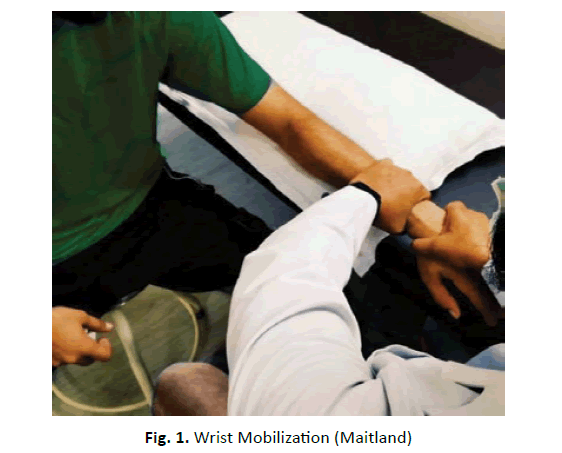
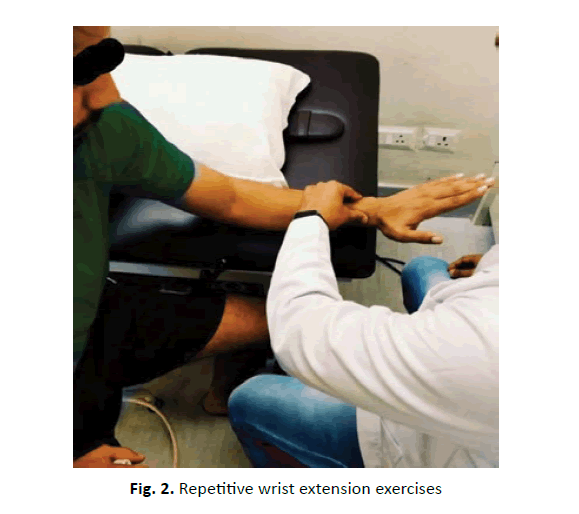
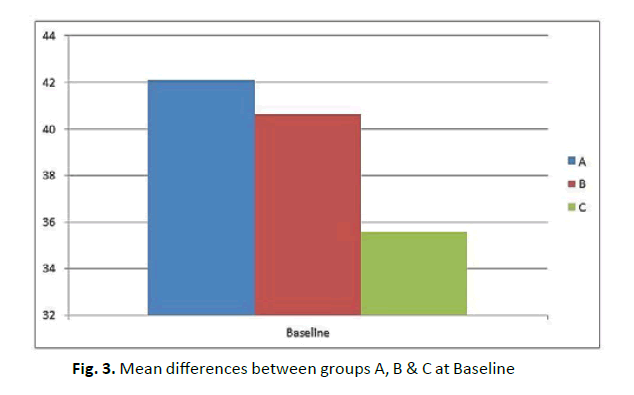
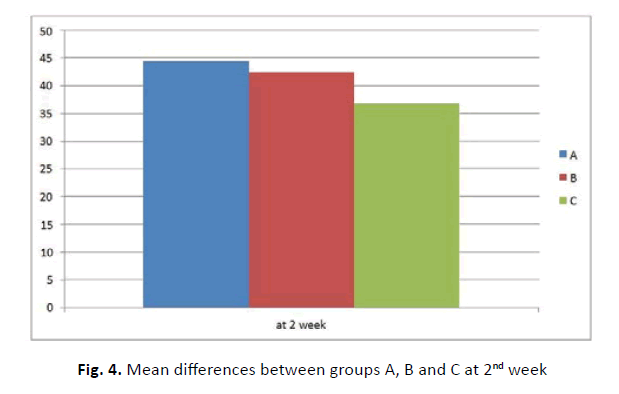
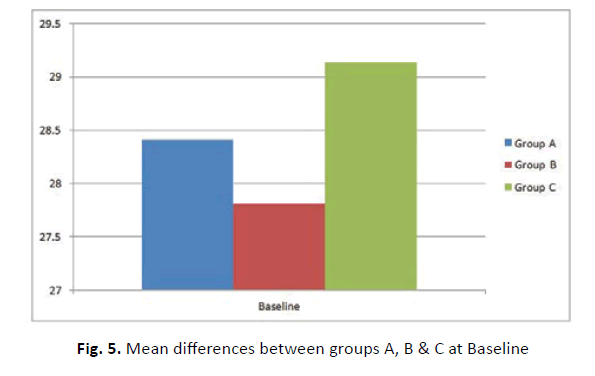
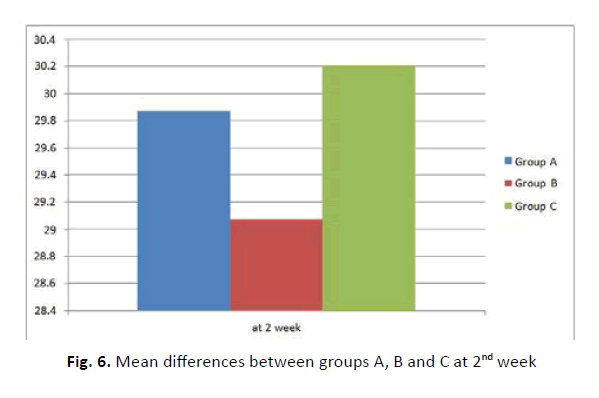
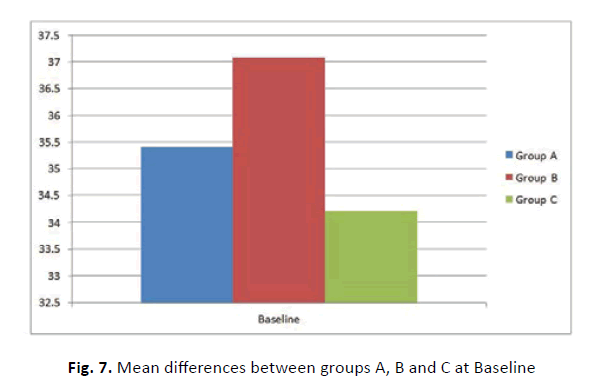
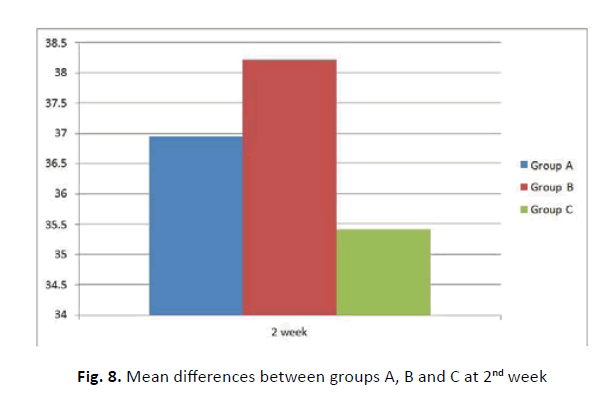
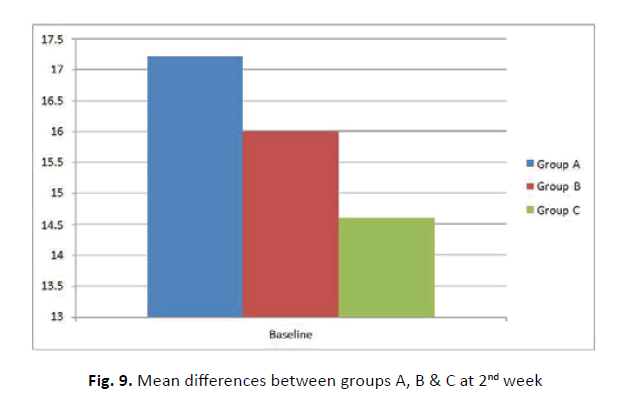
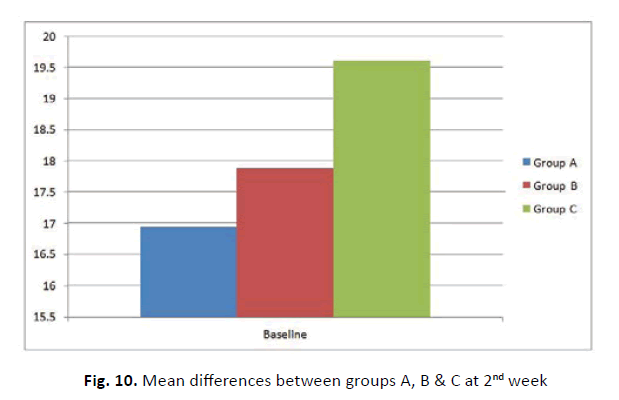
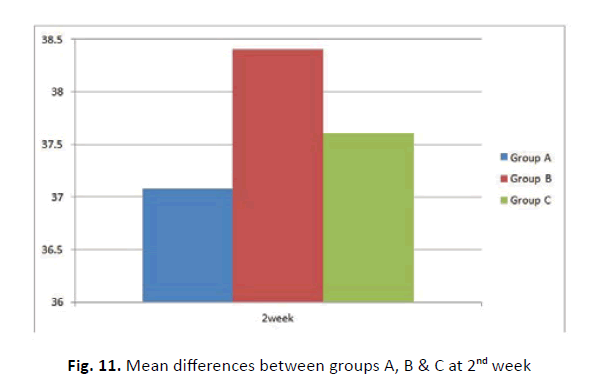
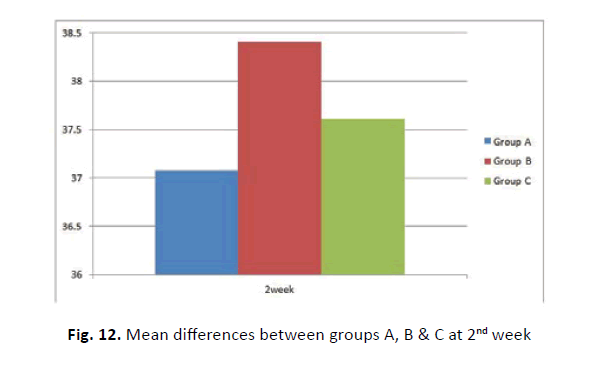
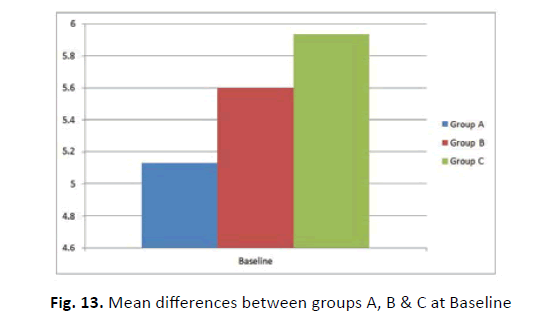
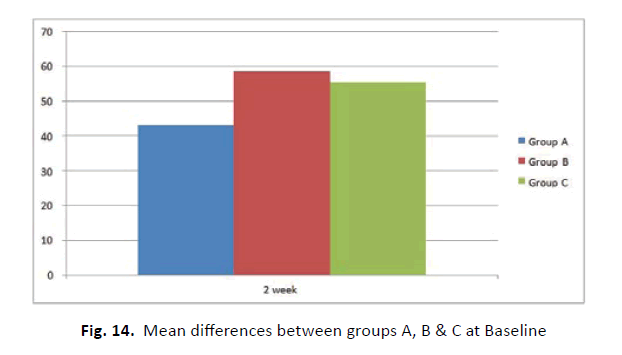


 Journal of Orthopaedics Trauma Surgery and Related Research a publication of Polish Society, is a peer-reviewed online journal with quaterly print on demand compilation of issues published.
Journal of Orthopaedics Trauma Surgery and Related Research a publication of Polish Society, is a peer-reviewed online journal with quaterly print on demand compilation of issues published.